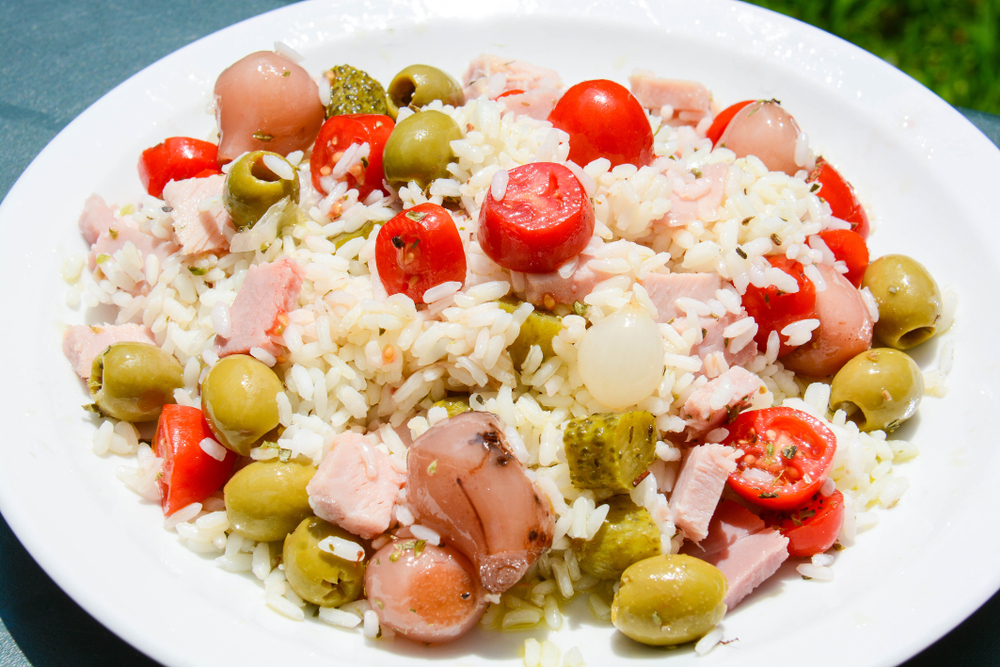The Dos And Don’Ts Of Diverticulitis Diet
The dos and don’ts of diverticulitis diet
In the lining of the digestive system, small pouch-like formations are usually seen in the lower part of the large intestine. These are called diverticula, and they are usually observed after the age of 40 years. They do not cause any kind of problem in most cases. However, in rare cases, they can get infected or inflamed. This condition is called diverticulitis. When the condition is in the early stage, a diverticulitis – diet, along with antibiotics, is used for treating it. Here’s more information about the condition.
What are the symptoms of diverticulitis?

- Even with diverticulas, there are just 10 to 25 percent chances of developing diverticulitis
- You will have pain and tenderness in the lower abdomen
- Bleeding
- Fever
- The color of the stool changes to black
- There may be an experience of pain when urinating
- Severe vomiting
- Cramps
- Diarrhea
How is diverticulitis diagnosed?
- If already diagnosed with diverticula, a diagnosis of diverticulitis would be confirmed in case any of the symptoms listed above are exhibited.
- Along with your health history, a few tests would be conducted by the doctor to confirm this diagnosis of diverticulitis.
- Some of the tests suggested are a colonoscopy exam, a barium enema x-ray, and a flexible sigmoidoscopy.
What is the diverticulitis diet?
- If you check a diet sheet for diverticulitis, you will notice that in the early days immediately after the diagnosis, the diet comprises of just clear liquid. You need to begin the diverticulitis – diet with it. These liquids may include broth and ice chips.
- You will be advised to drink fruit juices that do not have pulp in them, such as apple juice.
- Ice pops with no fruits in them can also be consumed.
- Water
- Gelatin
- Coffee or tea with no cream
- When you start to recover, your doctor will slowly introduce low fiber food to the diverticulitis – diet, such as fruits that do not have skin or seeds, eggs, poultry, fish, cooked or canned vegetables, white bread, low fiber cereals, yogurt, white rice, white pasta, and white noodles.
- Make sure that you are consuming these in a low quantity, as when you get started with the solid food after the clear liquid diet, your digestive system will take some time to get adjusted to the changes made.
What are the diverticulitis diet dos?
- You need to drink a minimum 10 glasses of water every day. Drink as much as possible.
- You will need to eat a diet that is low in fat and high in fiber content.
- Olive oil or flaxseed oil should be used, and that too in moderate amounts only.
- You will have to eat whole grains, vegetables, and fruits. In fact, consume a lot of them on a daily basis when you are on diverticulitis – diet.
- You will have to drink a glass of hot water and lemon juice before you start any meal.
- Taking antioxidant supplements can be of great help.
- You should take lighter meals, but you can take them at frequent intervals. This will also help the liver flush out the toxins.
- Natural herbs can be helpful for proper liver functioning.
- Meditation and yoga can help in reducing stress in the body, along with a hot water bath and deep breathing exercises being really helpful.
What are the diverticulitis diet don’ts?
- You should not eat junk or processed food while on a diverticulitis – diet.
- Coffee should be drunk in moderate amounts. Green tea is good for health, but you should make sure that you do not drink too much of it, as it has a high amount of antioxidants.
- You should quit smoking and alcohol when you are on a diverticulitis – diet.
- You should not consume food that is hard to digest, such as dairy products.
- You should not consume sugar or any sugar substitutes.
- You should limit the intake of saturated fats.
- You should not eat meat in high quantities.
- Fried food should be avoided completely on a diverticulitis – diet.

